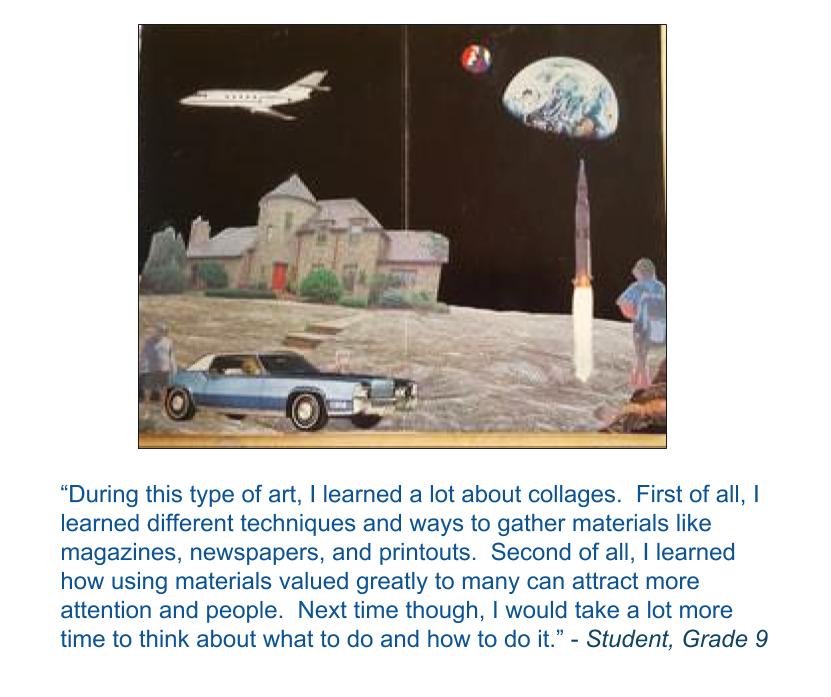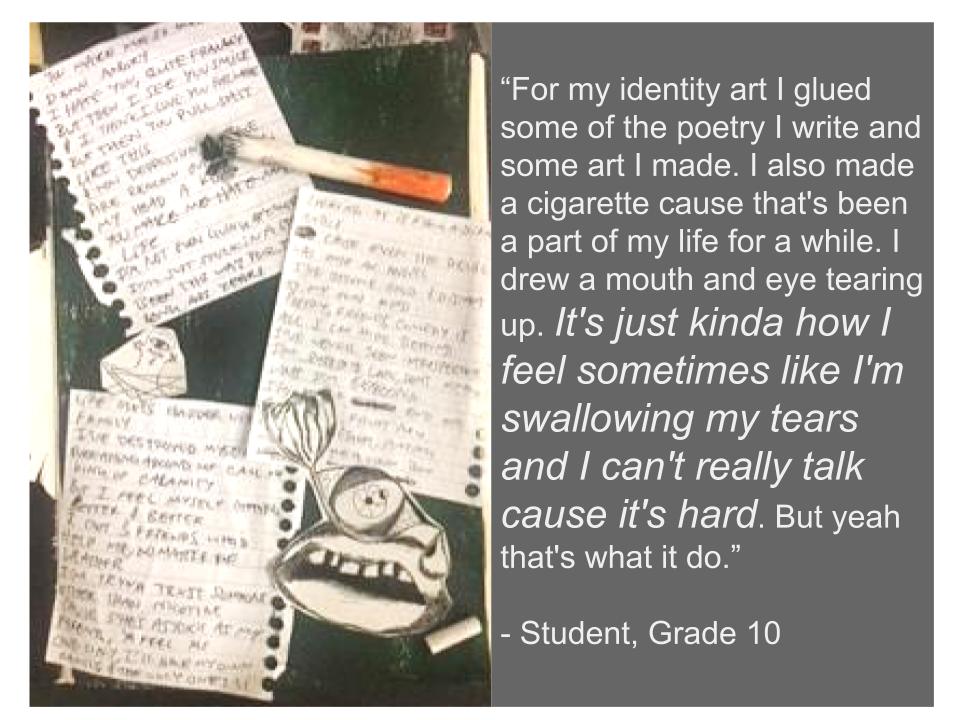|
I see reflection as an essential part of learning in my classroom but I don't always like the way I teach it. I've been doing some form of student blogs for years. When I get kids who like to write or are good at writing, the results are wonderful and reading blog posts is like having a window into their souls, highlighting both thought process and analytical ability in a particularly illuminating way. But not all my kids like to write. Not all my kids have the skills to easily write. Many of my kids are uncomfortable with technology. In fact, many of my students absolutely hate writing blog posts. Like, hate it enough to not do it, or whine about it a lot, or put it off again and again. All of these things both drive me crazy and show that what I'm doing isn't working. So I experiment with solutions, my goal being to provide options that make it possible for every student to succeed in creating a digital portfolio of work with high quality, written reflection. There two issues that I see occurring again and again. The first is that the writing of some students is low quality; general, vague and not really about anything real or of importance. The second is the negativity many kids feel about writing reflective blog post. It seems like my options are to punish poor writing with bad grades or to accept lower quality writing than I'd prefer. I don't like either of those choices. I've been trying something totally simple and easy over the last few weeks that has made my kids' writing better and resulted in much higher comfort level with reflective writing: vocabulary lists. The first time I tried this, for our optical illusion challenge, I generated a list of around ten words, with definitions, listed them on the board, then asked kids to use at least three in their writing. I did this instead of assigning a writing prompt as I typically would, like "Write about how you used optical illusion in your work". I just asked them to write about their work using three words from the list. It had a big impact on the quality of writing I received. The examples below are from a student's blog and show his writing before I tried listing vocabulary as well as after. Check out how much more specific his writing gets! Before the vocabulary listAfterPretty cool, isn't it! The next reflection I assigned was about the theme of Identity. I listed two vocabulary words: identity and symbolism. Below is a before and after of a student who loves to write but hates blog posts. BeforeAfterI've noticed pretty consistent improvement across the board with the quality of writing. I've also observed a distinct drop in whining and procrastinating. The takeaway, for me, is a suspicion that a list of vocabulary feels easier to my kids than the writing prompts I've been using. The vocabulary gives them structure for reflection and is, at the same time, open ended enough to apply to kids' diverse interpretations of the themes and challenges I use in my teaching.
I'm realizing more and more this year that I need to simplify, support and be specific with my instruction to create an environment that all my kids can be successful in. Listing vocabulary is a fairly simple step for me and supports student learning by specifically showing them what I what them to reflect on.
1 Comment
Nan
11/11/2017 07:20:35 am
I really enjoy reading your blog. I’m able to easily follow your ideas and reflect on how they might be applied in my classroom. I’ve already put your project planning worksheet to use. Not only has it been useful for students but also aides and volunteers as they try and support the process of a successful project. Thank you for sharing your good work.
Reply
Your comment will be posted after it is approved.
Leave a Reply. |
Mrs. PurteeI'm interested in creating a student student centered space for my high school students through choice and abundant opportunity for self expression. I'm also a writer for SchoolArts co-author of The Open Art Room. Archives
December 2019
Categories
All
|




 RSS Feed
RSS Feed
